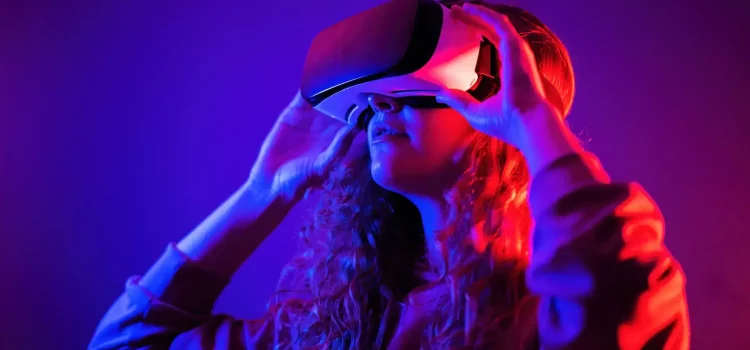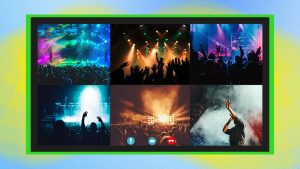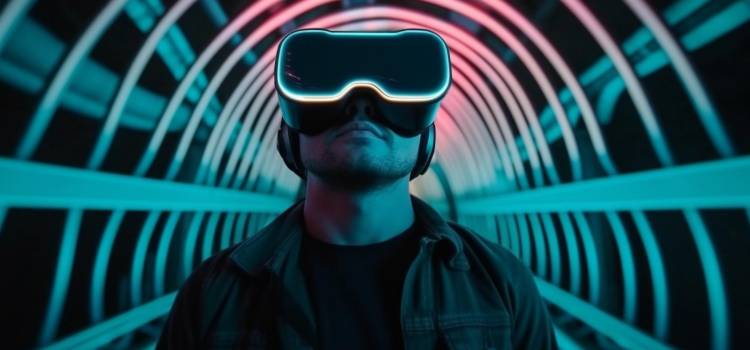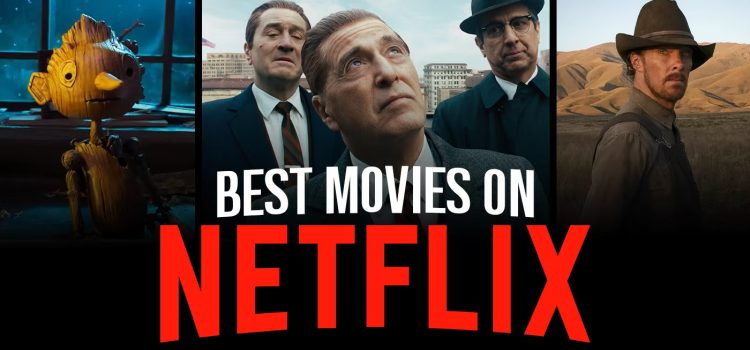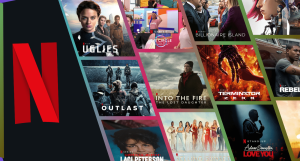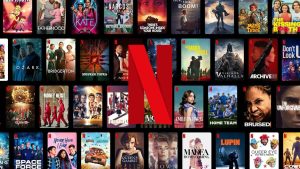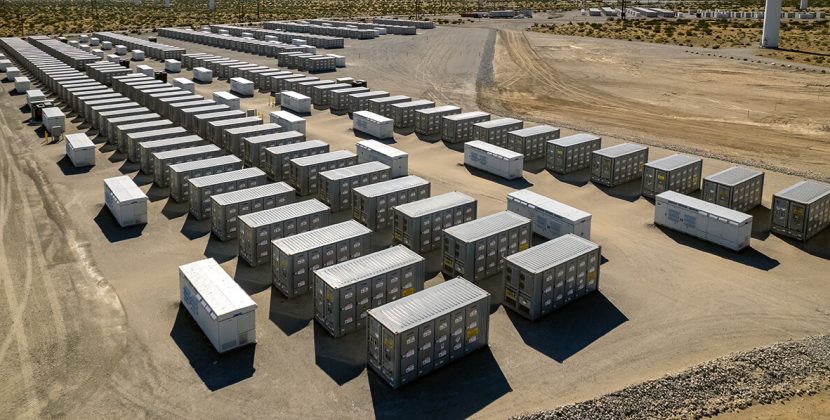
Introduction
Virtual Reality (VR) is changing the way we experience entertainment. With VR, you can dive into a whole new world and become part of the story. VR technology is quickly moving from a niche experience to something that could soon replace traditional forms of entertainment, like TV, movies, and even live events. In this article, we’ll look at how VR is taking over the entertainment world and why it’s the future of media.
How VR is Taking Over the Entertainment World

Virtual Reality is not a new idea, but in recent years, it has become more advanced and accessible. VR in entertainment means using technology to fully immerse yourself in a virtual world. Whether it’s gaming, movies, or even theme parks, VR is offering a new way to experience entertainment.
1. VR in Gaming
Gaming has been one of the first areas where VR has made a big impact. With VR headsets, players can feel like they are inside the game, moving around and interacting with the game world. Popular companies like Oculus and PlayStation are pushing VR gaming to new heights, with more immersive and realistic experiences than ever before. As VR technology improves, the demand for VR gaming is expected to grow, making it a leading form of entertainment.
2. VR in Movies and TV Shows
VR isn’t just for gaming; it’s also changing how we watch movies and TV shows. VR films allow viewers to be part of the story. Instead of just watching from a screen, you can look around and explore the virtual environment. In the future, TV shows might even be interactive, where your choices or movements influence the storyline. As VR movies become more popular, this could become the way we watch films in the future.
3. VR in Live Events and Theme Parks
VR is also transforming live events, like concerts, sports games, and theater performances. With VR, fans can feel like they are there in person, even if they are watching from home. For example, VR concerts let you experience the show as though you are standing right in front of the stage. Theme parks are also using VR in rides and attractions, allowing guests to experience thrilling rides in a whole new way by combining physical movement with digital environments.
Benefits of VR in the Entertainment Industry

1. Immersion
One of the best things about VR is how it immerses you in the experience. Unlike TV or movies where you watch from a distance, VR makes you feel like you are really there. Whether you’re exploring a new world in a game or watching a movie, VR pulls you in like never before.
2. Interactivity
VR lets you be more than just a viewer. In games, for example, you can control your actions and interact with the world. You can move, touch, and even talk to characters. This makes VR much more engaging than traditional forms of entertainment.
3. Personalization
In traditional entertainment, everyone watches the same story the same way. With VR, you can personalize your experience. For example, in some VR movies, you can decide what to look at or which path to follow, making the experience unique to you.
4. Accessibility
As VR becomes cheaper and more accessible, it will bring entertainment to people who might not be able to enjoy it otherwise. For example, people who can’t travel to concerts or sports events can use VR to experience these events from home.
How VR is Changing the Gaming World

Virtual Reality is already having a huge impact on gaming. With VR, players can step into the game world and interact with it like never before. Instead of just using a controller to play, VR lets you move around and experience the action firsthand. This makes games feel more real and exciting. As more game developers create VR-friendly titles, the gaming experience will only keep improving and attracting more players.
VR’s Impact on Movies and TV Shows
VR is also changing the way we watch movies and TV shows. Instead of just sitting on the couch and watching a screen, VR allows viewers to feel like they are inside the movie or show. You can look around and see the world from different angles. Some VR movies even let you choose what happens next, making the experience more interactive. As VR technology continues to improve, it could replace traditional movie theaters and become the future of film viewing.
Virtual Reality in Live Events
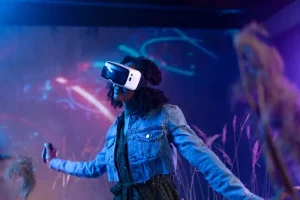
VR is starting to change how we experience live events too. With VR headsets, you can attend concerts, sports games, and theater performances from the comfort of your own home. It’s almost like being there in person. Some sports teams and concert organizers are already offering VR experiences to their fans, letting them feel like they are sitting in the front row. As VR continues to grow, more events will be available for people to enjoy virtually.
The Advantages of VR for Fans and Consumers
For fans and consumers, VR offers many benefits. One of the biggest is accessibility. You can enjoy concerts, sports events, or even travel experiences without leaving your house. VR makes it possible to experience things that might otherwise be out of reach, whether due to distance, cost, or physical limitations. This makes entertainment more inclusive for everyone, no matter where they live or what their circumstances are.
How VR Will Change How We Interact with Content

With VR, we don’t just watch content; we interact with it. This is one of the biggest advantages of VR. In traditional TV or movies, we are passive viewers. But in VR, we are active participants. Whether it’s exploring a game world, choosing what happens next in a story, or interacting with other users in a virtual environment, VR lets us control our experience. This could change the way we consume all types of entertainment, making it much more personal and engaging.
The Growth of VR in Education and Training
Beyond entertainment, VR is also growing in other fields like education and training. Many companies and schools are using VR to train people in a variety of skills. For example, medical students can practice surgeries in a virtual setting before performing them in real life. This can improve skills and reduce mistakes. As VR technology continues to improve, we will see even more industries using it for learning and training, making it a powerful tool in many areas beyond entertainment.
VR’s Impact on the Music Industry

The music industry is also starting to use VR to connect with fans. VR concerts allow fans to experience live performances from their favorite artists, even if they can’t be there in person. With VR, you can feel like you’re standing right in front of the stage. Some musicians are even creating virtual music videos or performances that only exist in the VR world. This could change how fans enjoy music and give artists new ways to engage with their audience.
VR in Theme Parks and Attractions
Theme parks are starting to use VR to enhance their rides and attractions. VR headsets can be added to roller coasters or other rides to create an entirely new experience. Imagine flying through a virtual world or being part of an exciting adventure while riding. VR can make the experience feel even more thrilling and memorable. As VR technology improves, theme parks will keep finding new ways to bring virtual experiences to life.
VR in Art and Creativity

Artists are exploring new ways to create with VR. Virtual Reality allows artists to create in a 3D space, painting or sculpting objects that can be viewed from every angle. VR gives artists new tools to express themselves and create in ways that weren’t possible before. It’s a completely new form of creativity, allowing people to experience art in an interactive, immersive way. As VR technology improves, it will open up even more possibilities for creative expression.
Challenges VR Faces in Entertainment
While VR offers many exciting possibilities, there are still some obstacles to overcome.
1. High Costs
Right now, VR technology is expensive. The cost of high-quality headsets and other equipment can be too much for many people. Until the price of VR becomes more affordable, it might not be accessible to everyone.
2. Limited Content
Although VR is growing, there is still not a lot of content available. The entertainment industry needs to create more VR movies, games, and experiences to keep people interested and attract a larger audience.
3. Comfort and Motion Sickness
Some people may feel uncomfortable or dizzy while using VR, especially if they’re playing for a long time. Motion sickness is another issue that can make it hard for some people to fully enjoy VR. These issues need to be fixed for VR to become more popular and widely used.
The Future of VR in Entertainment

Looking ahead, the future of VR in entertainment is exciting. As technology improves, VR will become even more realistic and affordable. In the future, VR might become the main way we consume entertainment. We could see more VR movies, games, and live events that offer richer, more interactive experiences.
As companies continue to invest in VR, we’ll likely see a wide range of new content and experiences. Whether you’re a gamer, movie lover, or sports fan, VR will soon offer something for everyone.
Comparing Traditional Entertainment vs. VR Entertainment
| Feature | Traditional Entertainment | VR Entertainment |
|---|---|---|
| Experience | Watching passively | Active participation |
| Interactivity | Limited to controls or remote | Full interaction with the world |
| Personalization | Fixed, everyone experiences the same | Customizable experience |
| Access | Requires a TV or cinema seat | Can be experienced at home |
| Cost | Relatively low (TV subscriptions) | High cost for equipment |
Analyzing VR’s Impact on the Entertainment Industry
| Factor | Traditional Entertainment | VR Entertainment |
|---|---|---|
| Audience Engagement | Passive, viewers watch | Active, users control the experience |
| Market Growth | Slow growth | Rapid growth and expansion |
| Technology | Basic tech (TV, radio) | Cutting-edge technology |
| User Experience | Limited to watching | Fully immersive and interactive |
Conclusion
Virtual Reality is already making a huge impact on the entertainment industry, and it’s only going to get bigger. With its ability to immerse, interact, and personalize, VR is set to replace traditional forms of entertainment. While there are still some challenges to overcome, the future of VR in entertainment looks incredibly bright. As the technology gets better and more affordable, VR will become the go-to way for us to experience movies, games, concerts, and more.







